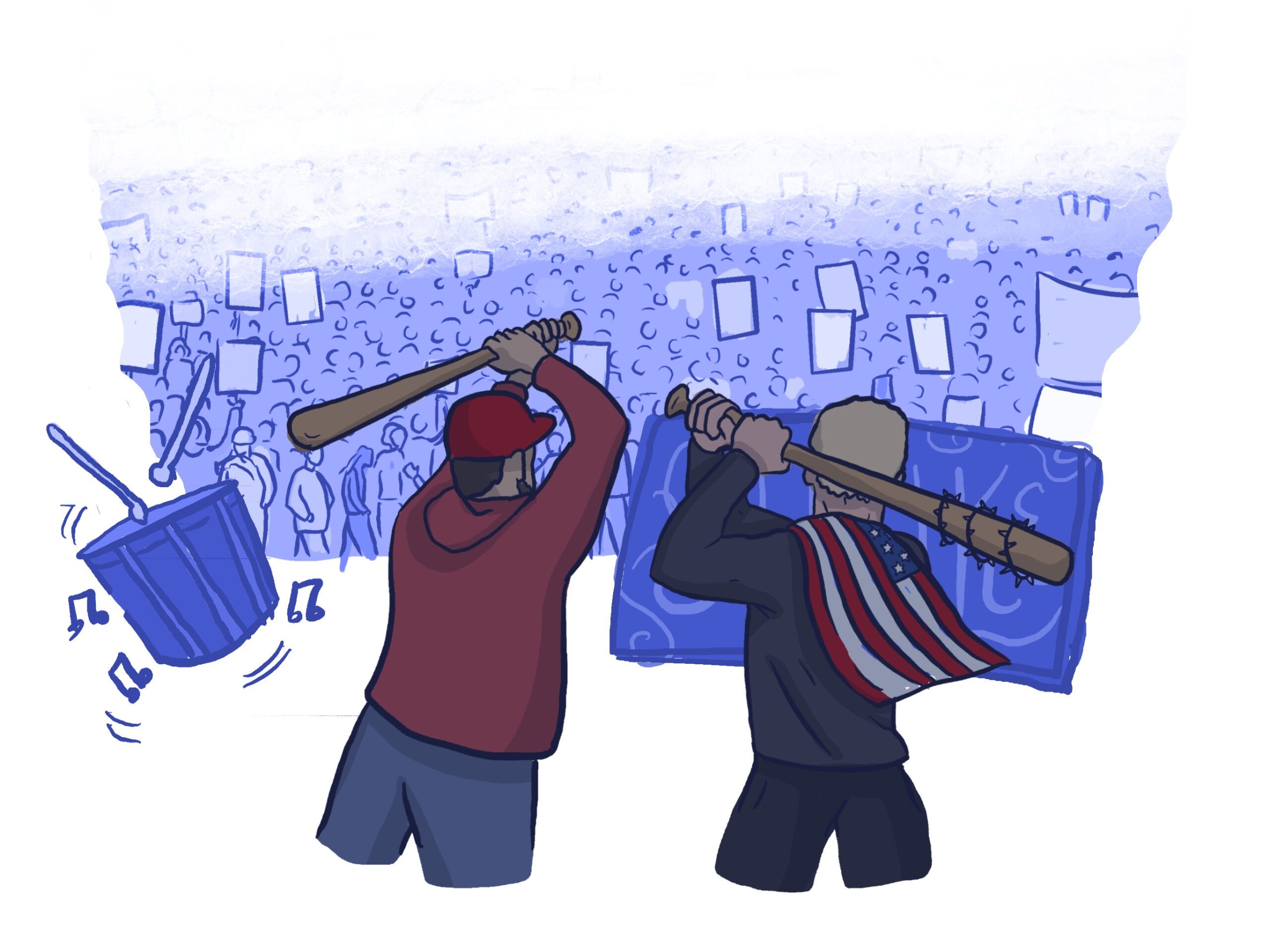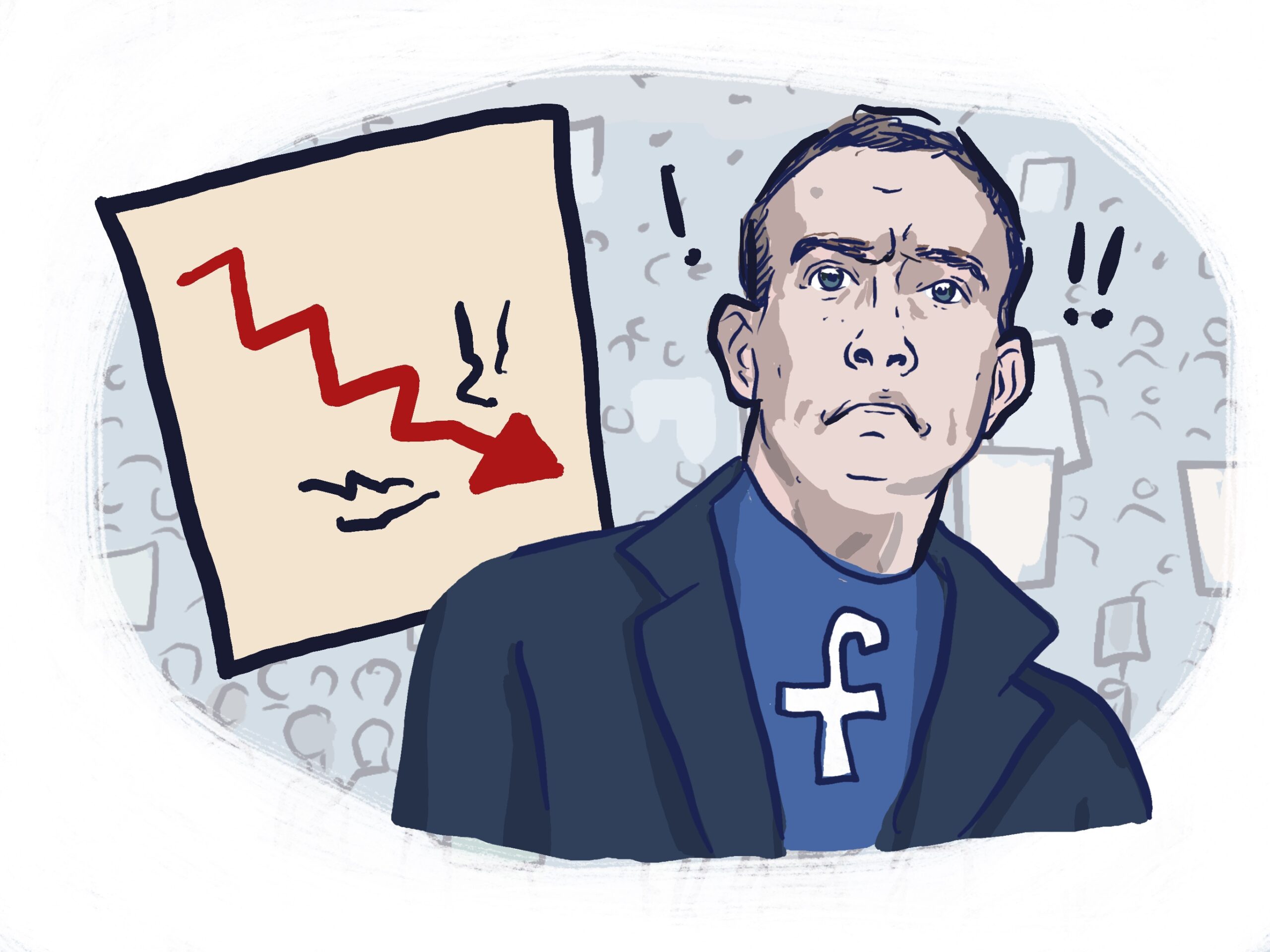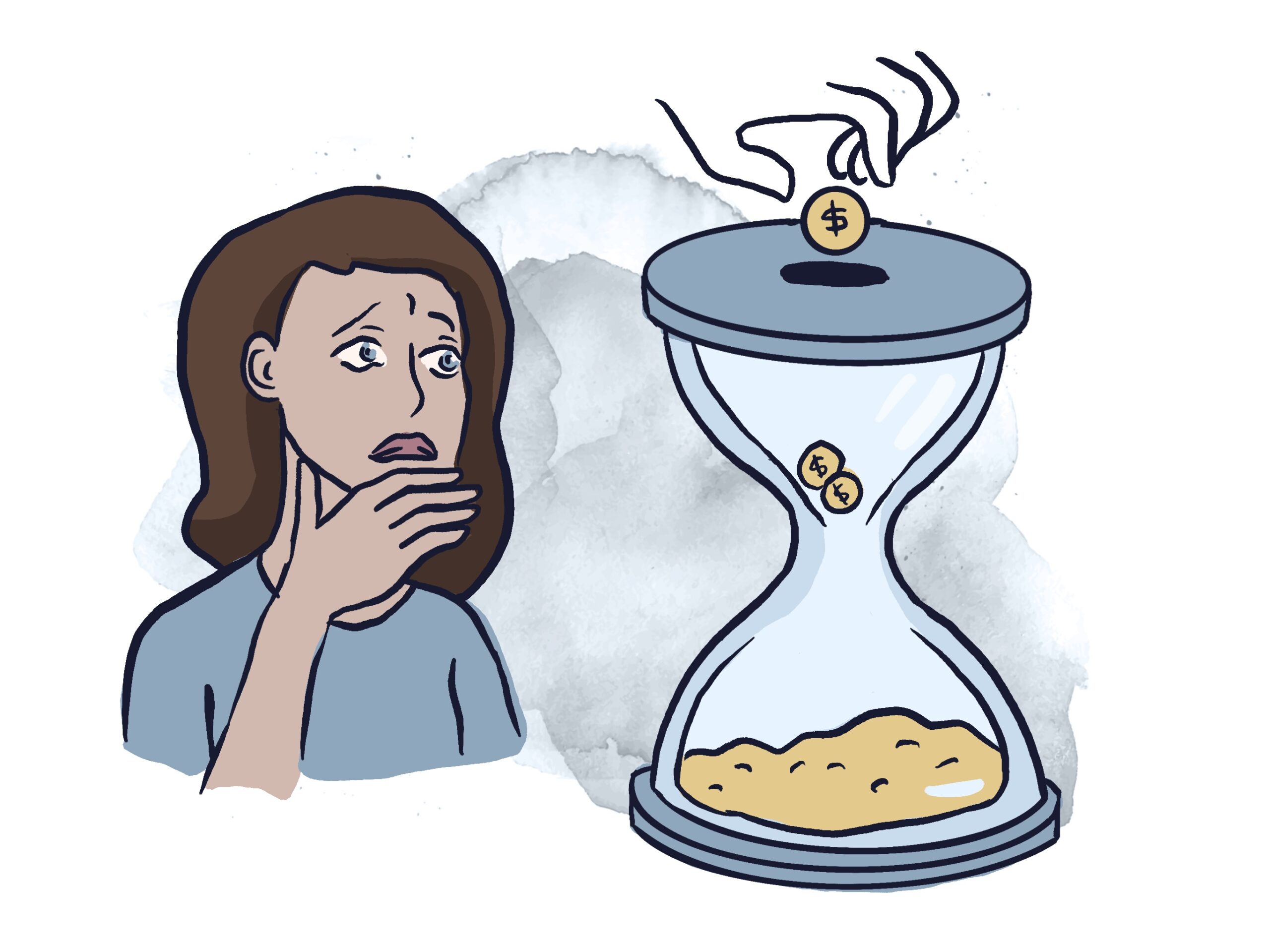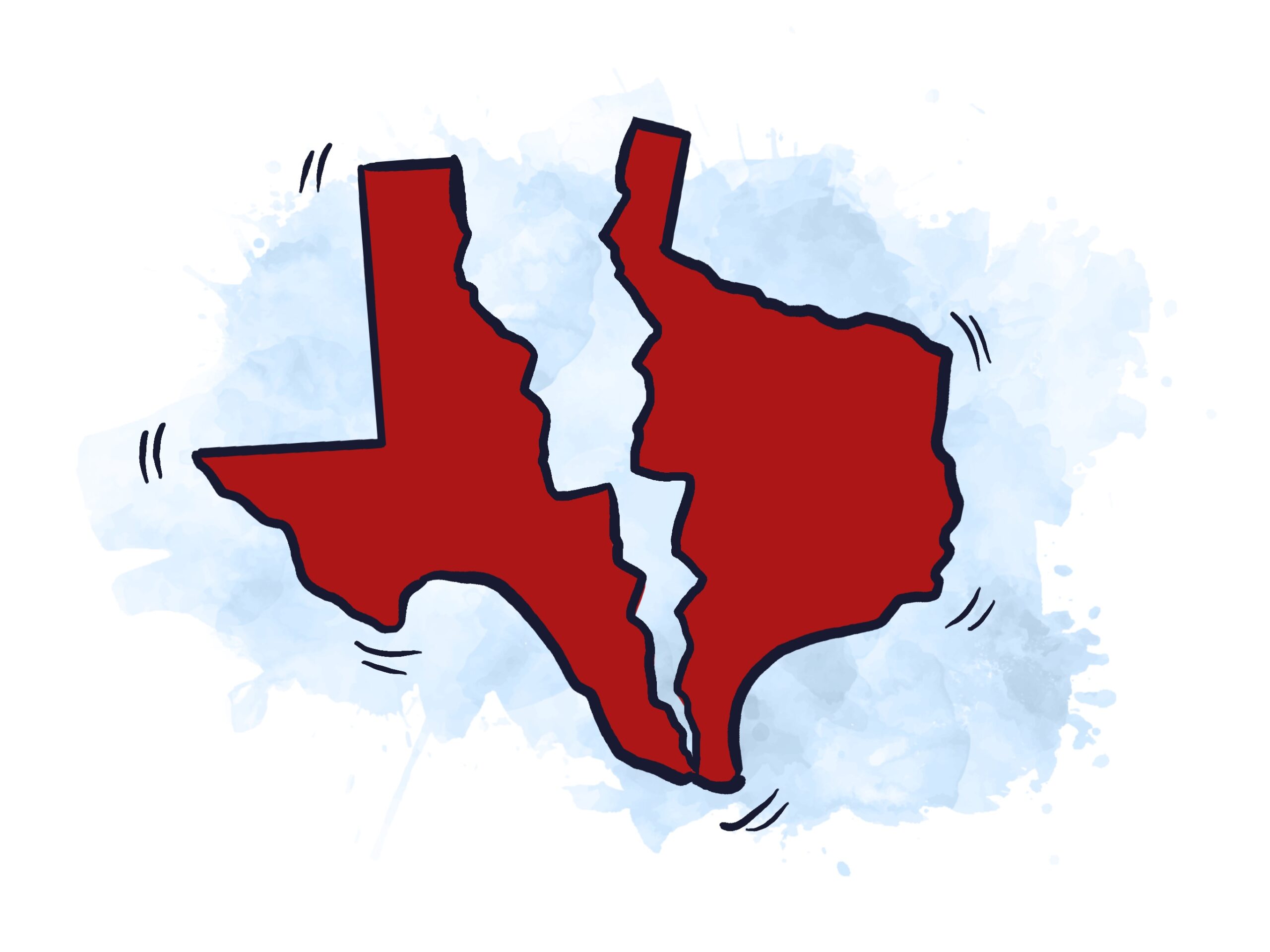Buoyed by Trump’s rhetoric, counter-protestors attempt high-profile, targeted violence. They go to actions in major cities and attack people with bats. Though fear ripples through the movement, they are severely outnumbered and their actions fail to stem the tide of people in the streets. Artists flood the streets with music — to reduce fear — and pieces of art that also serve as physical ways to keep distance from counter-protestors.


The Trump-incited violence backfires. Seeing violent Trump supporters contrasted with the discipline and positivity of the protestors wins over more allies. Reports pour in about how the U.S. economy is losing substantial amounts of money daily from the strikes. Corporate CEOs privately meet with Republican senators to find a resolution; some threaten to take their business out of the country.
Despite the best efforts of funding committees, strike funds are depleted. Mutual aid groups step into some of the breaches. They try to meet the needs of workers, many now without jobs, paychecks, or housing. Expanding the definition of “strike,” election workers vow to carry out the elections anyway. Many hours of volunteer and expert labor goes into making the states’ elections happen despite the unlawful orders from the states. When election workers are arrested by police, retired military personnel show up outside jail cells with signs: “A Democracy Needs Election Workers.”


Texas breaks first. Under pressure from CEOs and business interests, the governor agrees to a backdoor deal allowing elections in exchange for an end to all strikes in Texas. This is controversial. But, now isolated, Florida soon follows suit. Within hours, strike leaders have confirmed the authenticity of the deal and all strikes are ended.
